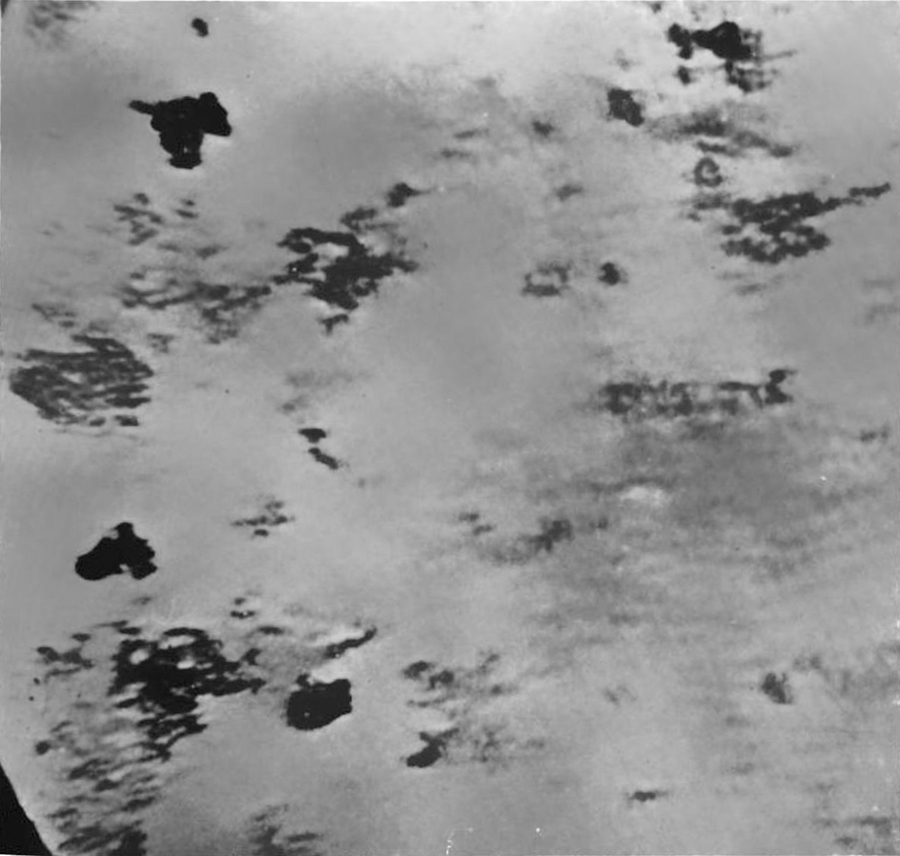arrange themselves in the direction of light

*
(image slightly skewed, to square)
Fig. 2. Iron rust from iron wire (Merck) 0.57 mm. diameter immersed in redistilled water for 48 hours. Preparation made in same way as that described in Fig. 1, except that in this instance the wire was not artificially magnetised. The peculiar arrangement of the rust in undulating lines is shown in different parts of the picture. On the extreme left and in upper right hand corner the undulating lines are connected by fine cross lines giving a meshwork effect. In the lower right hand corner the rust material is arranged in zig-zag or undulating lines often in pairs and in places there are indications of spiral structure and fine cross lines joining the undulating lines. All of these peculiar structures are compared with the deeply staining chromatinic structures of chromonemata of the nuclei of plant cells.
W(illiam) D(ouglas) Francis (1889-1959 *) The Magnetic Interpretation of Life Based upon Experimental Evidence. (Issued at Bribane, September 11, 1936)
in
Pamphlets on Biology : Kofoid collection, volume 485
University of California copy, digitized August 10, 2009
—
that these inorganic iron hydroxides arrange themselves in the direction of light as plants and some other organisms do.
epigram from p 13
Don’t know enough to have an opinion, but see lots of literature about DNA exposed to magnetic fields.
tags:
chromatinic structures; iron; magnetism; and some other organisms
W. D. Francis; C. A. Kofoid